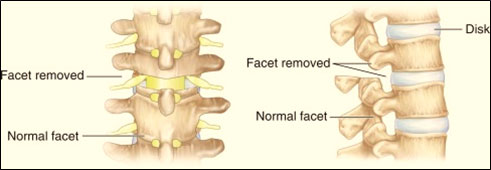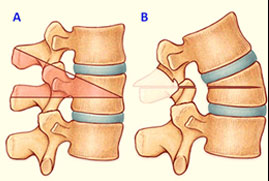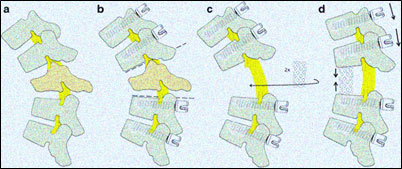Kyphosis
Kyphosis is a spinal deformity that causes a hunchback appearance in the upper back. It can be caused by a variety of factors, including poor posture, osteoporosis, and neglected spine fractures. Spinal infections especially tuberculosis is known to cause kyphosis of varying severity which can even cause paralysis by compression on spinal cord
Fortunately, there are treatment options available to correct kyphosis. Non-surgical methods include physical therapy and wearing a back brace to improve posture and strengthen the back muscles. This strategy works best for postural kyphosis and osteoporosis related kyphosis
However, for more severe cases, surgery may be necessary. The type of surgery will depend on the cause, location and severity of the kyphosis. Most commonly performed surgery is spinal osteotomy with fusion where bone is resected cautiously to limited or extensive level depending on the angle of correction needed.
Three common types of osteotomy are
1.Smith-Petersen osteotomy (SPO): usually indicated in small corrections (approximately 10-20° for each level). In this procedure, a section of bone is removed from the back of the spine, which is causing the spine to lean more toward the back. The posterior ligament and facet joints are also removed from this area.

2.Pedicle subtraction osteotomy (PSO): indicated for corrections of approximately 30°, mainly at the lumbar level. PSO involves all three front, middle and back columns of the spine. It involves the removal of back element and facet joints like a SPO and a portion of the vertebral body along with the pedicles.

3.Vertebral column resection osteotomy (VCR): VCR involves the complete removal of a single or multiple vertebral bodies. It allows for maximum correction, which can be achieved with any spinal osteotomy. It’s a complex surgery which may need anterior and posterior surgical access, have more blood loss.

